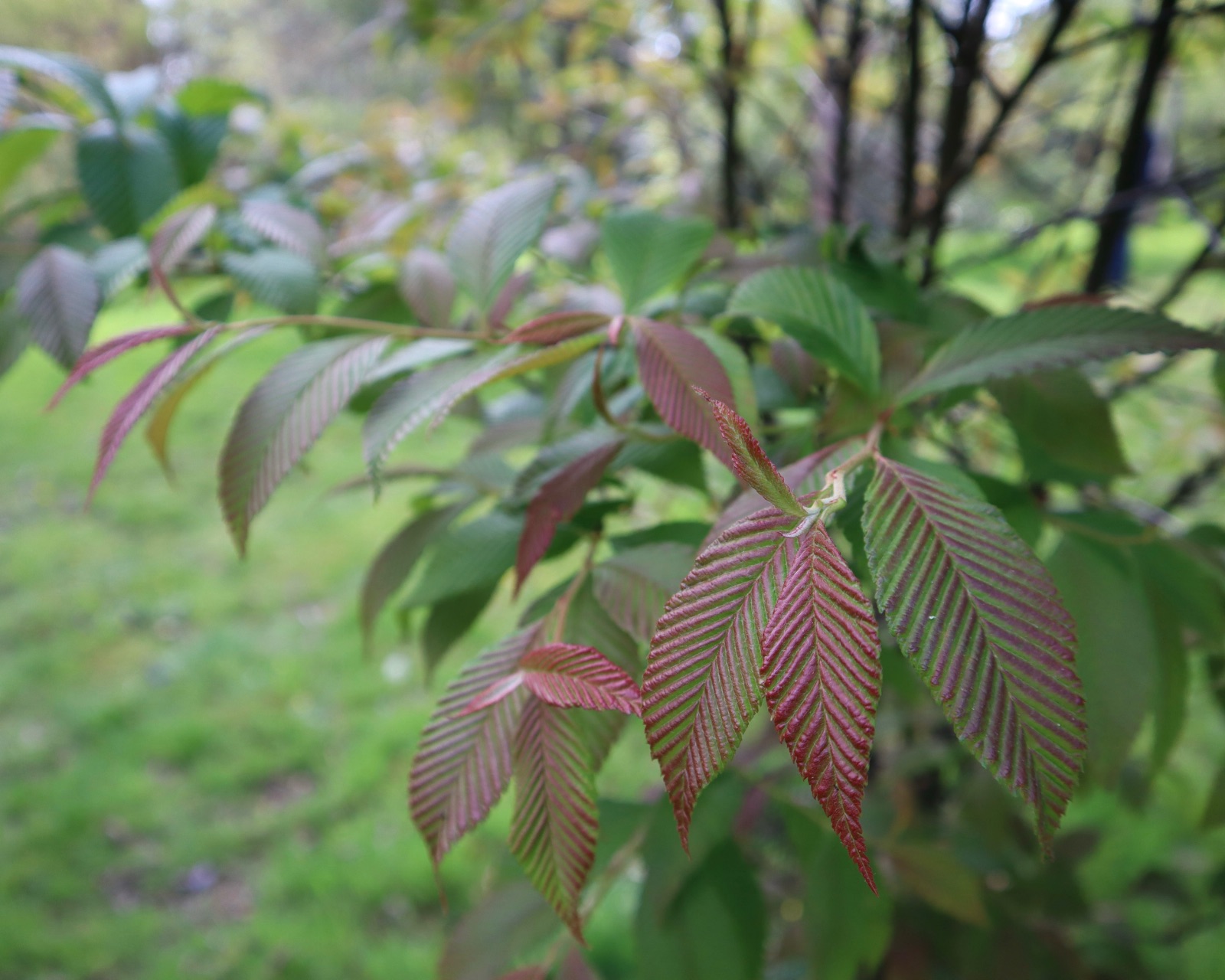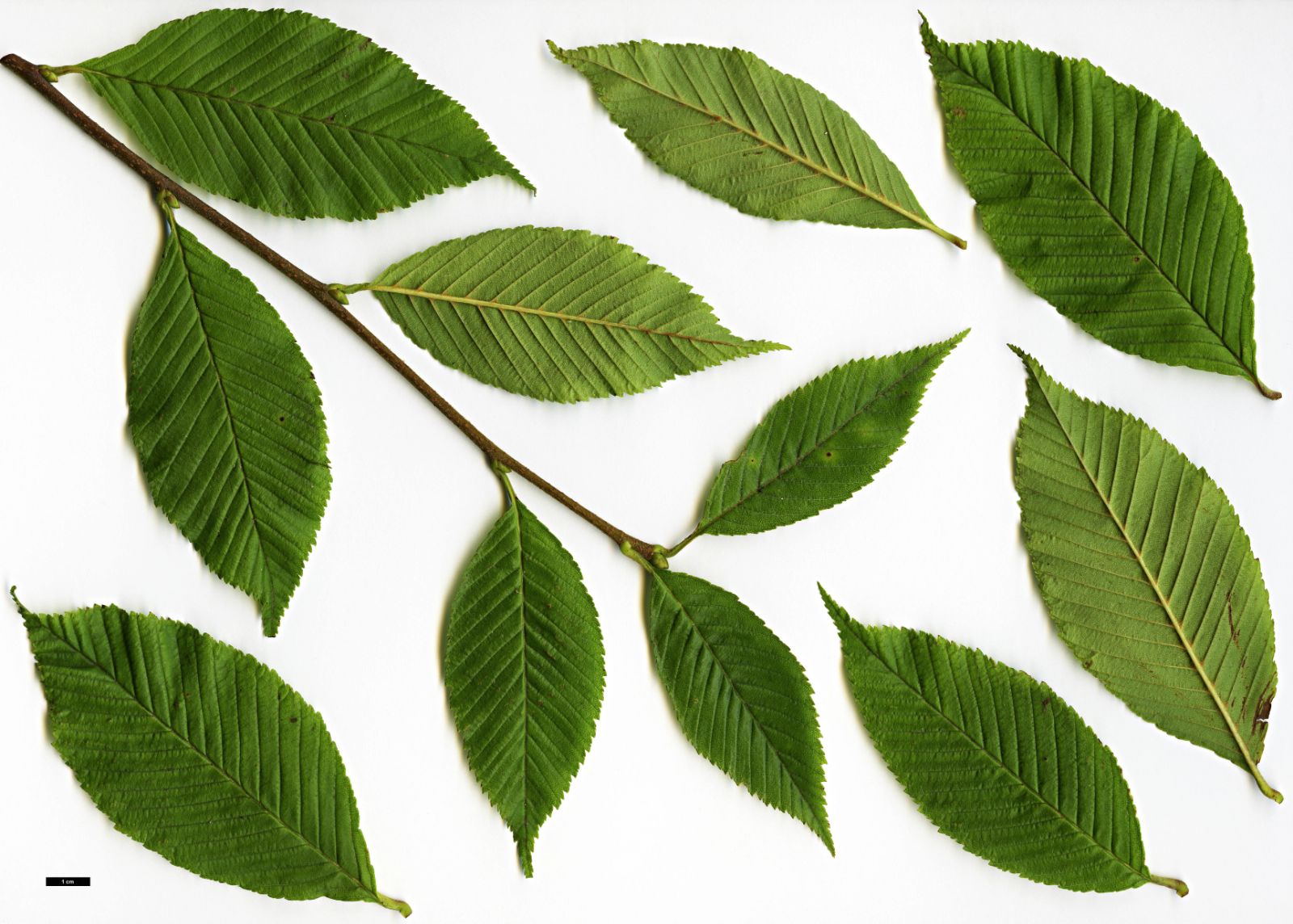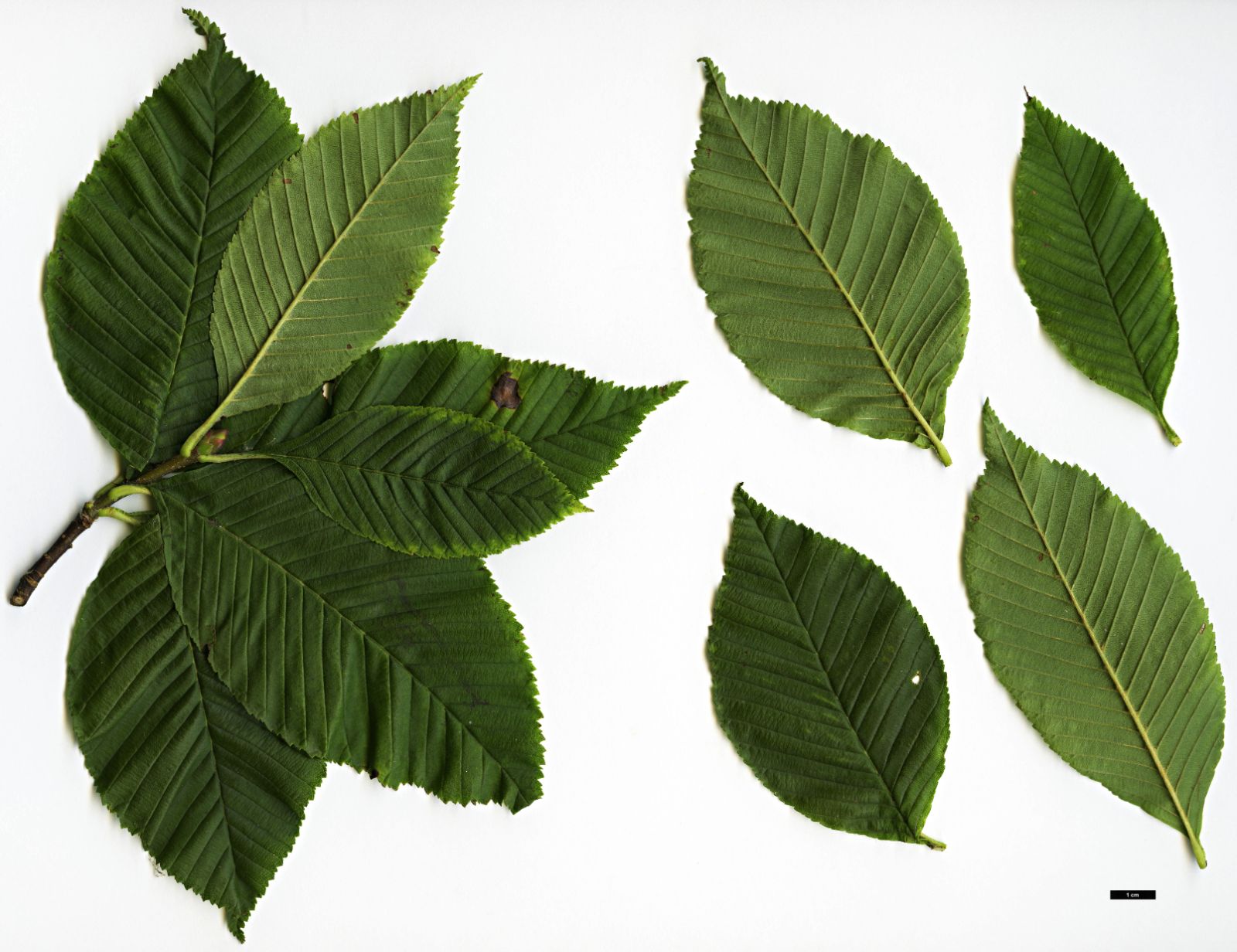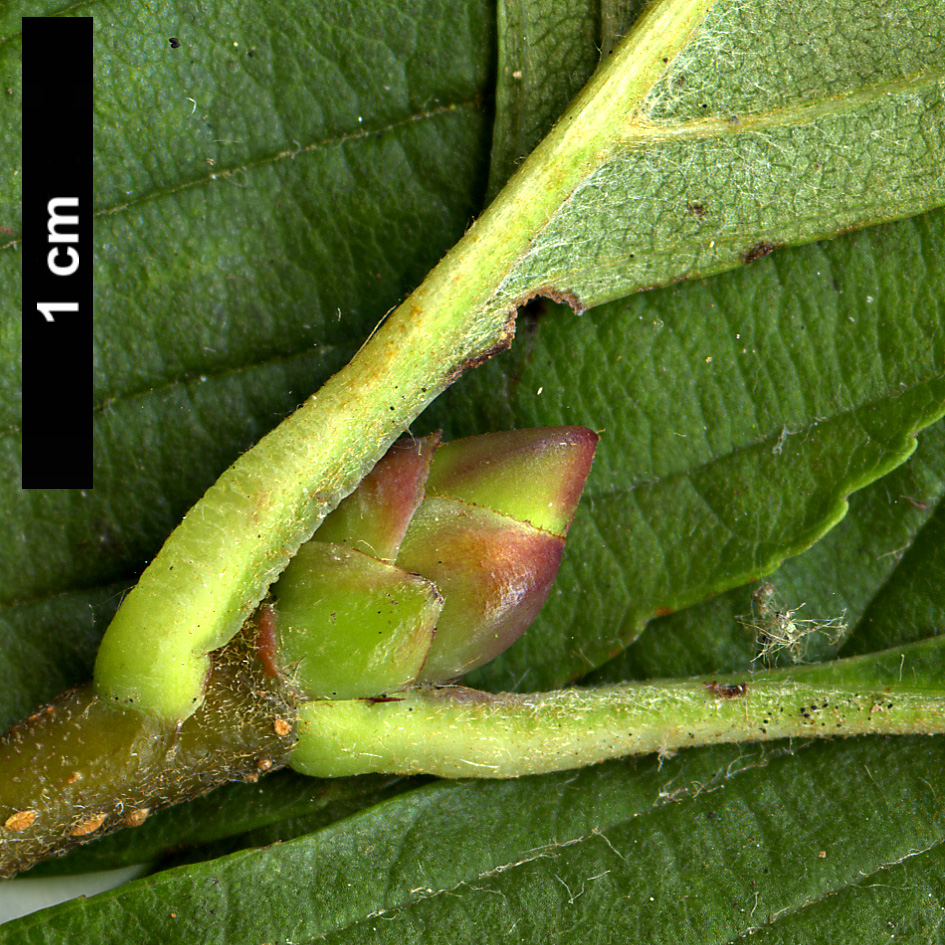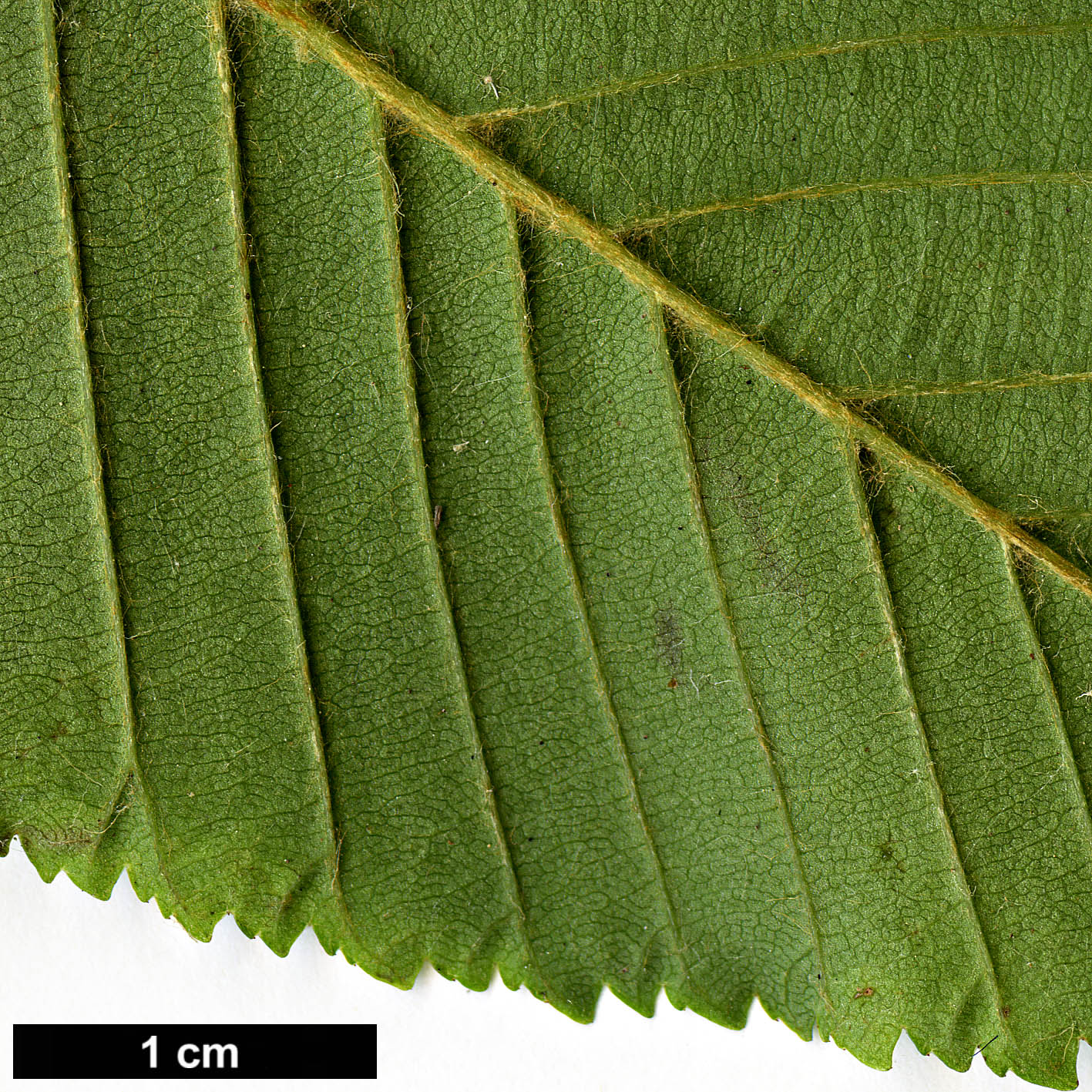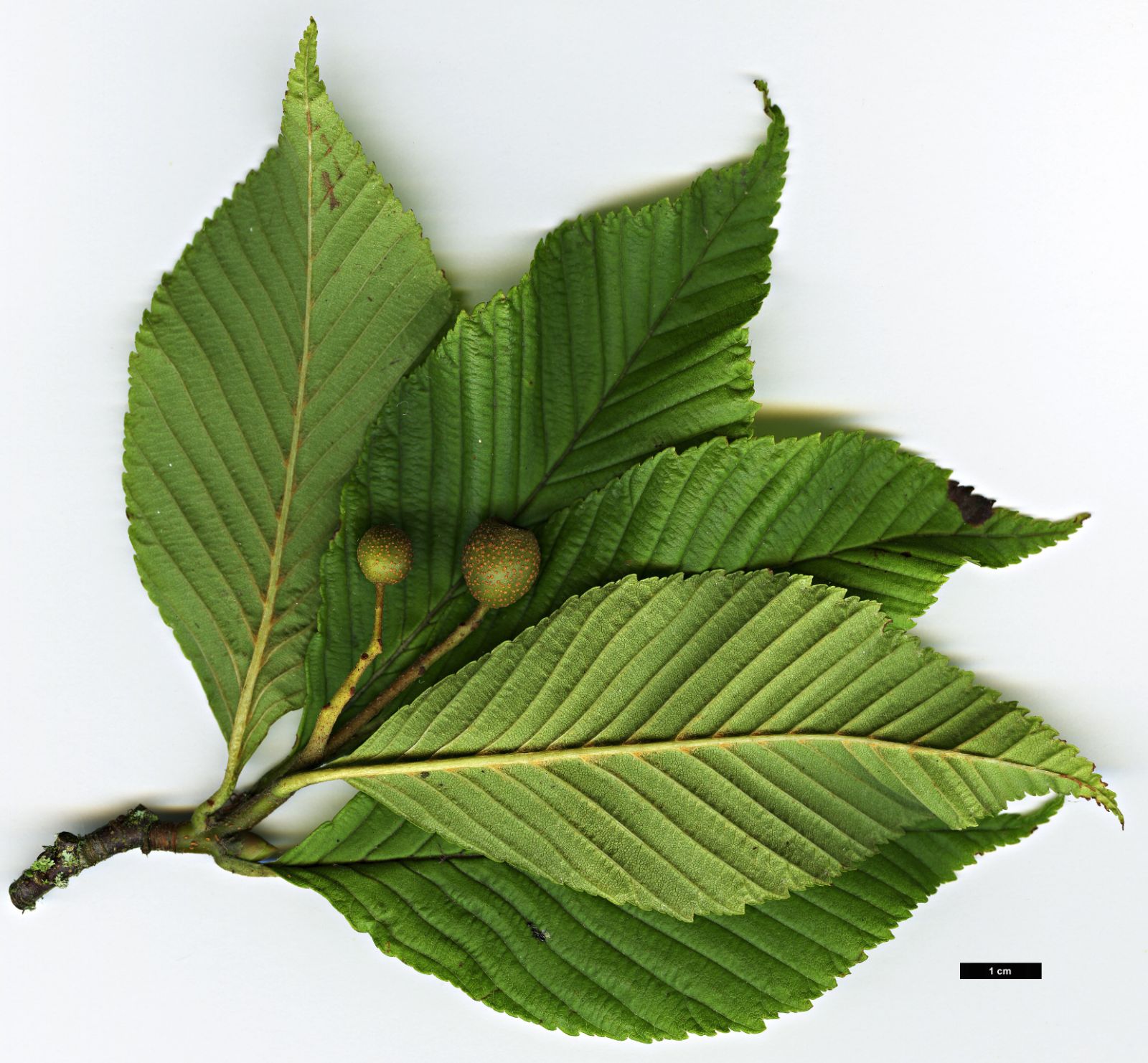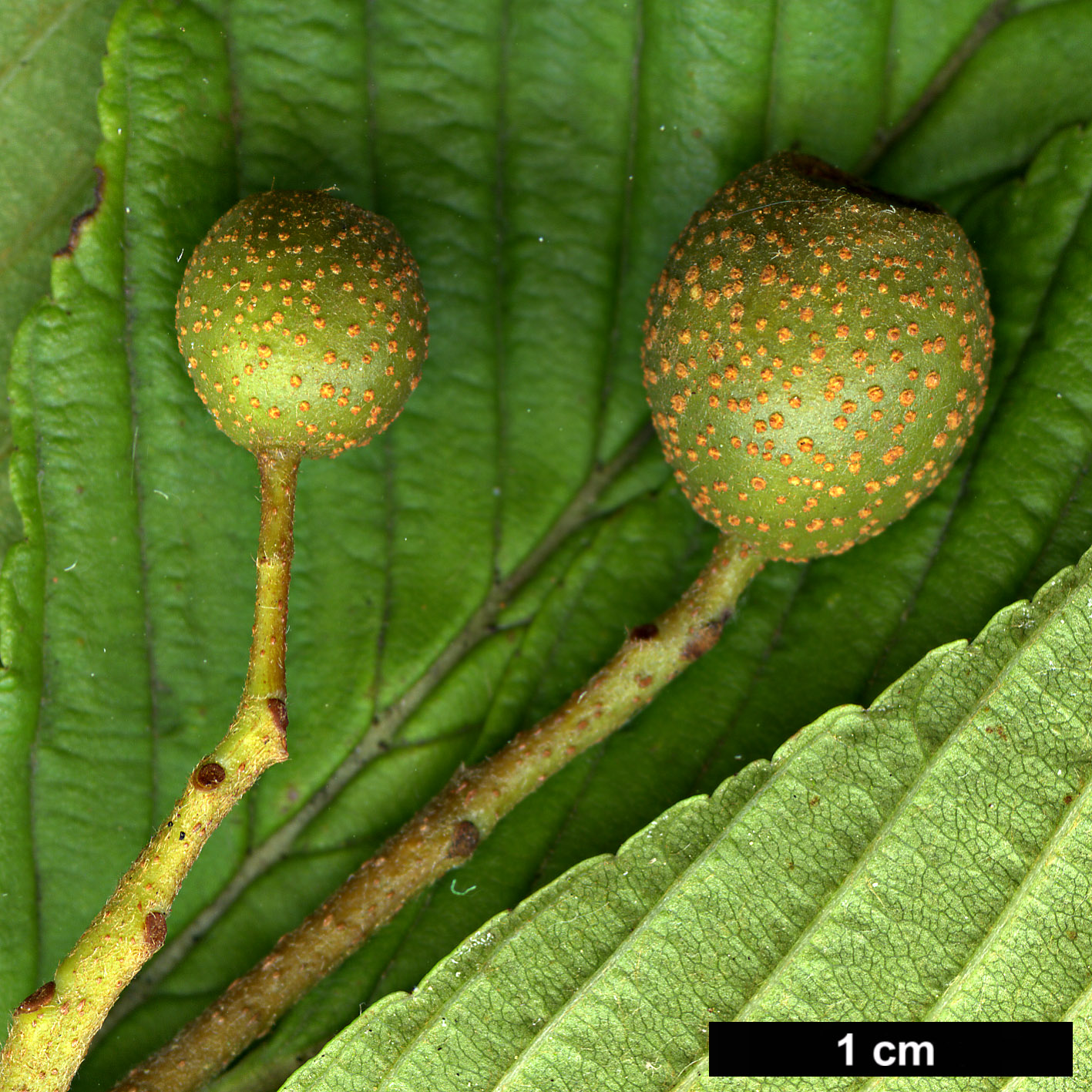Thomsonaria meliosmifolia
Credits
New article for Trees and Shrubs Online.
Recommended citation
'Thomsonaria meliosmifolia' from the website Trees and Shrubs Online (treesandshrubsonline.
Genus
Synonyms
- Aria meliosmifolia (Rehder) H.Ohashi & Iketani
- Micromeles meliosmifolia (Rehder) Kovanda & Challice
- Pyrus meliosmifolia (Rehder) Bean
- Sorbus meliosmifolia Rehder
Editorial Note
The text below is that of Bean (Bean 1981) who discussed this taxon under the name Sorbus meliosmifolia. We have created this hybrid article – Bean’s text under the correct modern name, with appropriate synonymy – whilst we await sponsorship to enable a full revision of this genus to be written. We are re-organising the Sorbus sensu lato articles in this way to enable a new revision of Sorbus sensu stricto to commence in 2023, and to bring the nomenclature of this complex group of plants up to date in line with modern treatments.
TC, August 2023.
A deciduous tree 25 to 35 ft high; young shoots glabrous, purplish brown; winter buds glabrous. Leaves ovate-elliptical, slenderly pointed, tapered at the base, more or less doubly toothed, 4 to 7 in. long, half as much wide, green on both surfaces, woolly on the midrib and veins beneath; veins parallel, in eighteen to twenty-four pairs; stalk 1⁄4 in. or less long. Flowers white, hawthorn-scented, borne in April in dense corymbs 2 to 4 in. wide; inflorescence-branches sparsely hairy at flowering-time. Anthers pinkish brown. Fruits nearly globose, about 3⁄8 in. long, bronze-coloured and dotted with lenticels, ripening late; calyx deciduous, leaving a rounded depression at the apex.
S. meliosmifolia was discovered by Wilson in October 1910 growing in woodland near Mupin in W. Szechwan, and is cultivated, though not widely, from the seeds he collected on that occasion (W.4221). It is very closely allied to S. caloneura, described three years earlier, and a monographer of the genus might well decide to unite them. The differences are that in S. meliosmifolia the leaves are somewhat broader, less narrowed at the base, shorter-stalked and with more numerous pairs of veins. Differences between the cultivated plants of the two species given by Dr Fox are that S. meliosmifolia has much larger buds – 3⁄4 to 1 in. long against half that length in S. caloneura – and comes into leaf earlier.
The specific epithet refers to the resemblance of this species to leaves of many species of Meliosma, with their regular pattern of ridges and furrows.


